Can Dogs See Color
Dogs are known to be man's best friend. They are loyal, fun-loving, and always ready to play. However, there has been an ongoing debate about whether dogs can see colors or not. Some people believe that dogs see the world in black and white, while others think that they have limited color vision. In this article, we will explore the topic of whether dogs can see color or not.
Dog's Eyes
The first thing we need to understand is how a dog's eyes work. Like humans, dogs have two types of photoreceptor cells in their eyes called rods and cones. Rods are responsible for vision in low light conditions, while cones are responsible for color vision and vision in bright light conditions.
However, dogs have fewer cones than humans, which means that their color vision is limited compared to humans. Dogs have two types of cones, while humans have three. The two types of cones in dogs are sensitive to blue and yellow-green light, while the three types of cones in humans are sensitive to blue, green, and red light.
Color Perception in Dogs
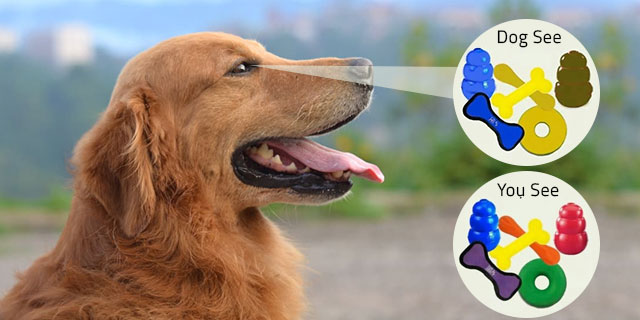
Although dogs have limited color vision, it doesn't mean that they see the world in black and white. Dogs can still see some colors, but they perceive them differently than humans do. Dogs can see shades of blue, yellow, and gray, but they can't distinguish between red and green.
So, if you throw a red ball and a green ball to your dog, they will look the same to them. However, if you throw a blue ball and a yellow ball, they can easily differentiate between the two.
Factors Affecting Color Perception in Dogs

The perception of color in dogs can vary depending on different factors such as breed, age, and sex. Some dog breeds have better color vision than others, while older dogs may have a reduced ability to distinguish colors. Female dogs may also have better color vision than male dogs.
Additionally, the lighting conditions can also affect a dog's color perception. In bright light, dogs may have better color vision, while in low light conditions, their vision may be limited to shades of gray.
Conclusion
In conclusion, dogs can see some colors, but they have limited color vision compared to humans. They can perceive shades of blue, yellow, and gray, but they can't distinguish between red and green. However, color perception in dogs can vary depending on different factors such as breed, age, sex, and lighting conditions.
Despite their limited color vision, dogs have strong senses of smell and hearing, which compensate for their visual limitations. So, the next time you play fetch with your furry friend, remember that they may not see the ball's color, but they will surely smell and hear it!
Related video of Can Dogs See Color
Can Dogs Eat Raisins?

Introduction
As pet owners, we always want to make sure that our dogs are healthy and safe. We often wonder what kind of food is good for them and what food should be avoided. One of the most common questions that dog owners ask is whether dogs can eat raisins. In this article, we will explore the answer to this question and the potential risks associated with feeding raisins to dogs.What are Raisins?
Raisins are dried grapes that are commonly used in baking and cooking. They are a popular snack for humans and can also be found in trail mixes and other snack foods. Raisins are high in sugar and can be a good source of energy.Why are Raisins Dangerous for Dogs?
Despite being a healthy snack for humans, raisins can be toxic to dogs. In fact, even a small amount of raisins can cause serious health problems for dogs. The exact reason why raisins are toxic to dogs is not yet known, but it is believed that they contain a substance that can damage the kidneys.What are the Symptoms of Raisin Toxicity in Dogs?
The symptoms of raisin toxicity in dogs can vary depending on the amount of raisins consumed and the size of the dog. Common symptoms include vomiting, diarrhea, lethargy, loss of appetite, and abdominal pain. In severe cases, raisin toxicity can lead to kidney failure, which can be life-threatening.
What should You Do if Your Dog Eats Raisins?
If you suspect that your dog has eaten raisins, it is important to seek veterinary care immediately. Even if your dog is not showing any symptoms, it is still important to have them examined by a veterinarian. The sooner you seek veterinary care, the better the chances are for a positive outcome.How is Raisin Toxicity Treated?
The treatment for raisin toxicity in dogs typically involves hospitalization and supportive care. This may include intravenous fluids, medication to control vomiting and diarrhea, and monitoring of kidney function. In severe cases, dialysis may be necessary to remove the toxic substance from the blood.What Other Foods Are Toxic for Dogs?
In addition to raisins, there are several other foods that are toxic to dogs. These include chocolate, caffeine, alcohol, avocado, onions, garlic, grapes, and macadamia nuts. It is important to keep these foods out of reach of your dog to prevent accidental ingestion.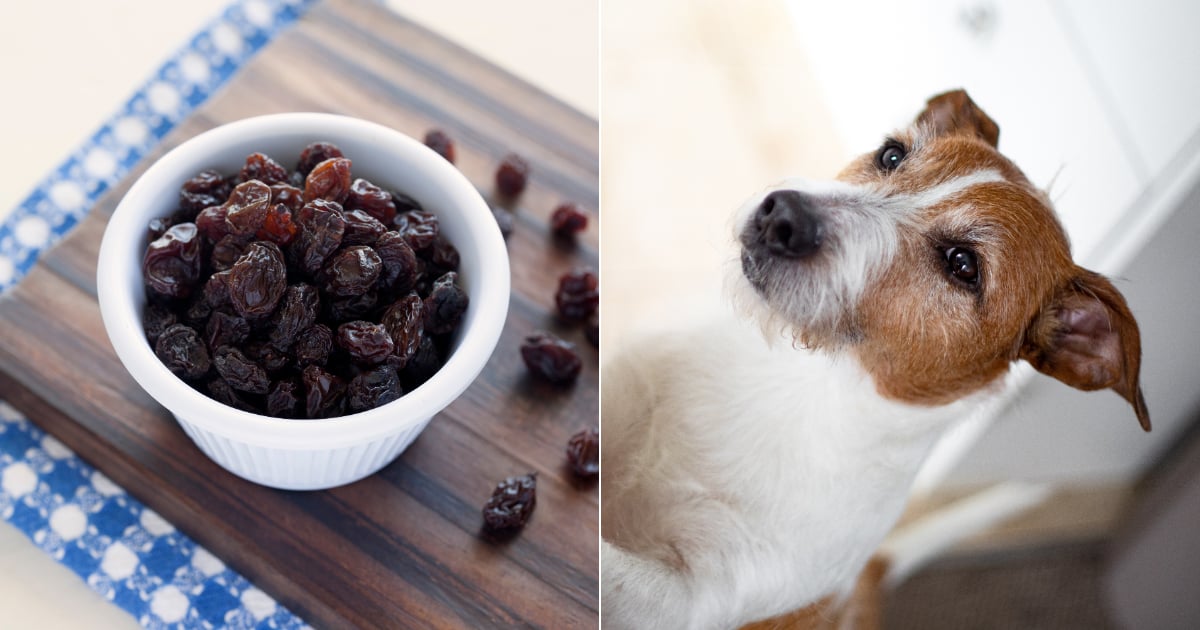
What Foods are Safe for Dogs to Eat?
While there are many foods that are toxic to dogs, there are also many foods that are safe for them to eat. Some examples of safe foods for dogs include lean meats, fruits and vegetables (excluding grapes and raisins), and plain cooked rice or pasta. It is important to consult with your veterinarian to determine the best diet for your dog.Conclusion
In conclusion, raisins are not safe for dogs to eat and can be toxic even in small amounts. If you suspect that your dog has eaten raisins, it is important to seek veterinary care immediately. It is also important to keep other toxic foods out of reach of your dog and to consult with your veterinarian to determine the best diet for your dog.Related video of Can Dogs Eat Raisins?
Can Dogs Eat Cat Food?
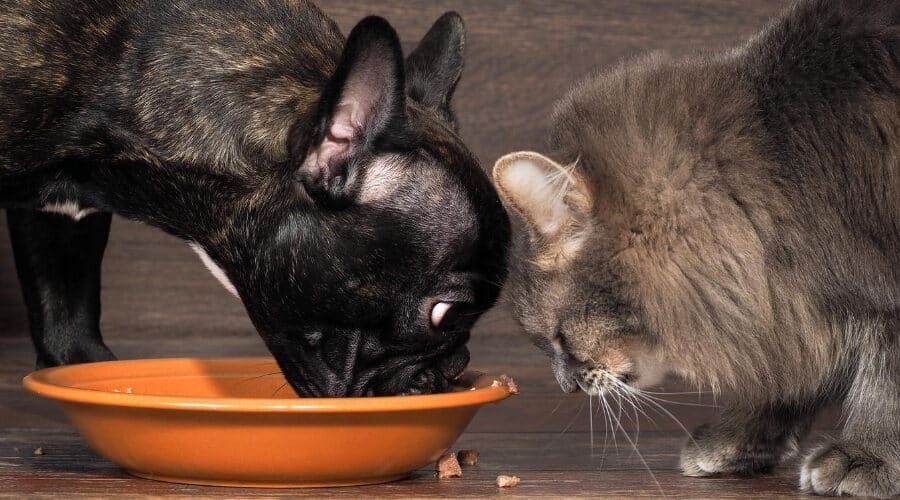
As a pet owner, you may have wondered whether it is okay for your dog to eat cat food. While it may seem like a harmless act, it is important to understand the potential risks and consequences of feeding your dog cat food.
What is in Cat Food?
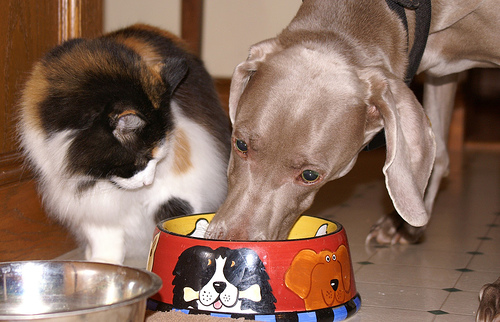
Cat food is specifically formulated for cats, and it contains different nutrients and ingredients than dog food. Cat food typically has higher levels of protein, fat, and calories, which are important for a cat's metabolism and energy needs. It also contains certain vitamins and minerals that are essential for a cat's health.
Why is Cat Food Not Suitable for Dogs?
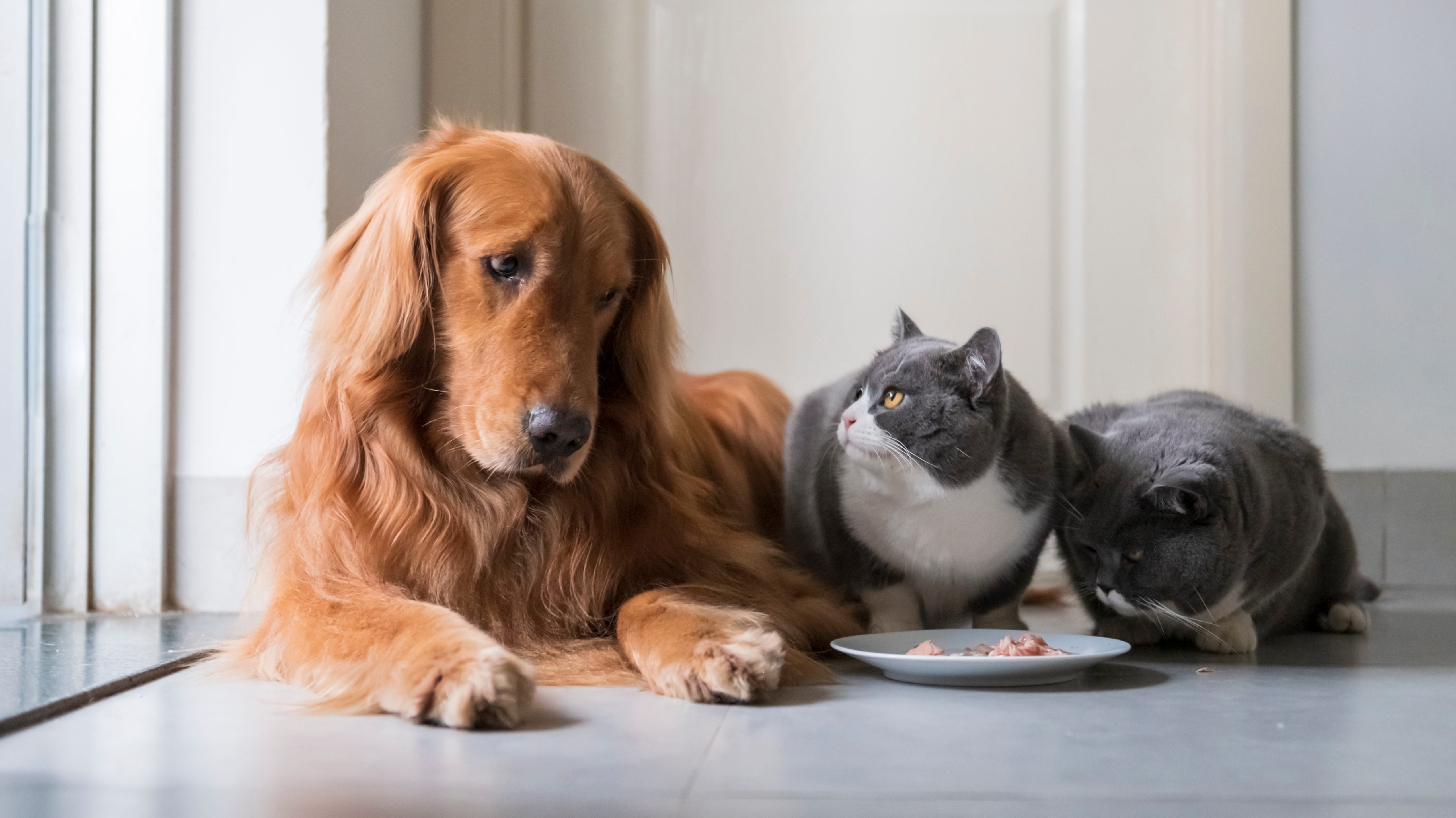
While cat food may seem like a tasty treat for dogs, it can actually be harmful to their health. Dogs have different nutritional needs than cats, and consuming too much cat food can lead to digestive issues, obesity, and other health problems.
What Are the Risks of Feeding Your Dog Cat Food?

Feeding your dog cat food can result in a number of potential risks and health problems. Here are some of the most common risks:
- Upset stomach: The high levels of protein and fat in cat food can cause digestive issues for dogs, including diarrhea, vomiting, and gas.
- Obesity: Because cat food is higher in calories than dog food, feeding your dog too much of it can lead to weight gain and obesity.
- Pancreatitis: Consuming too much fat can also lead to pancreatitis, a condition where the pancreas becomes inflamed and can't function properly.
- Malnutrition: Feeding your dog too much cat food can also lead to malnutrition because it does not meet their specific nutritional needs.
What Should You Feed Your Dog?
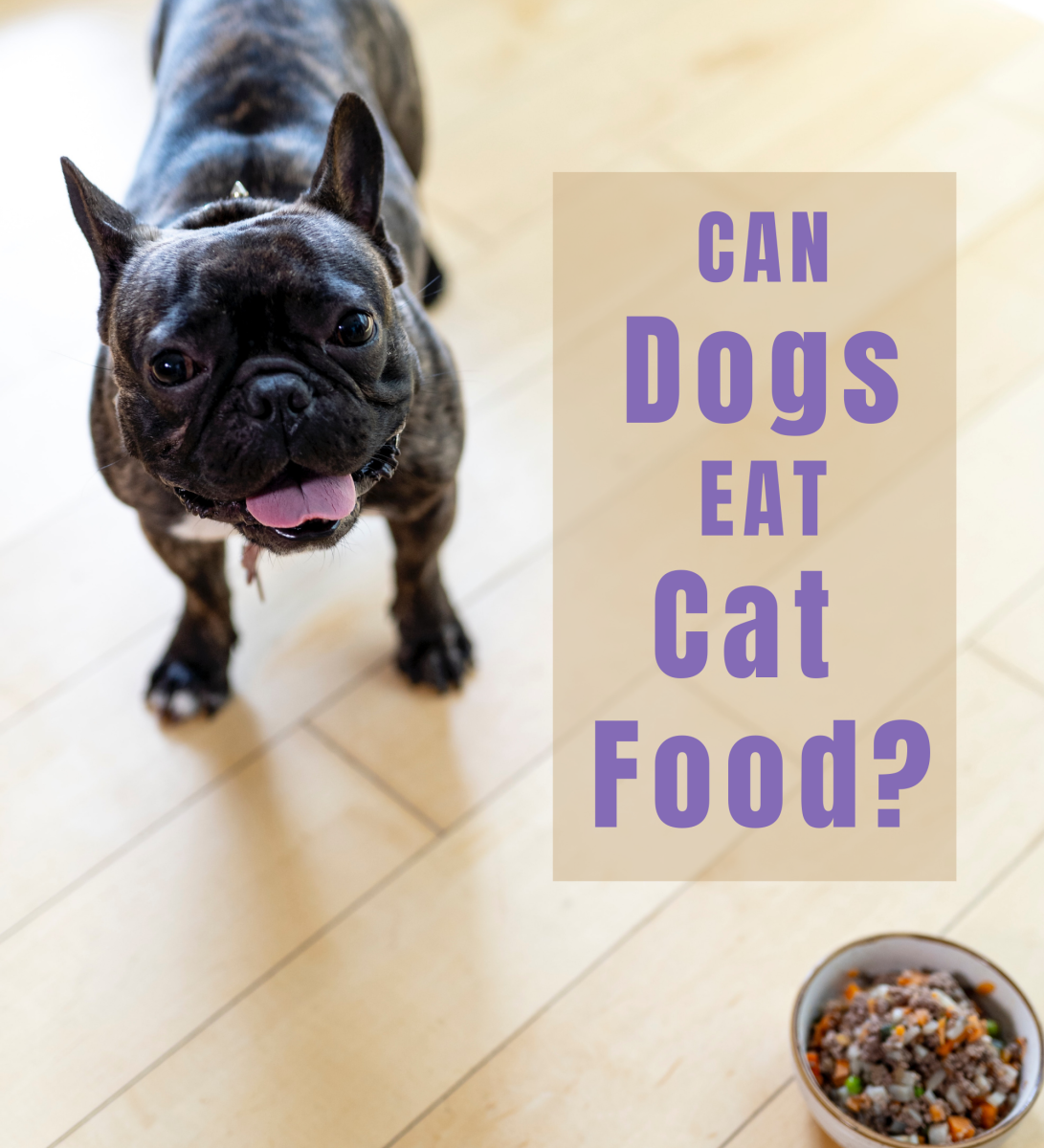
To keep your dog healthy and happy, it is important to feed them a well-balanced diet that meets their specific nutritional needs. You should choose a high-quality dog food that is formulated for your dog's age, breed, size, and activity level.
When selecting a dog food, look for one that contains high-quality protein, essential fatty acids, vitamins, and minerals. Avoid dog foods that contain artificial preservatives, colors, and flavors.
Conclusion
While it may be tempting to feed your dog cat food, it is not a good idea. Feeding your dog cat food can lead to a variety of health problems and should be avoided. Instead, focus on providing your dog with a well-balanced diet that meets their specific nutritional needs.
Related video of Can Dogs Eat Cat Food?
Can Deaf People Laugh?

Laughter is a universal language that transcends all barriers. It is a natural way to express joy, happiness, and amusement. But what about people who are deaf? Can they laugh? This is a question that many people ask, and the answer is yes, deaf people can laugh.
The Science of Laughter
Laughter is not just a sound; it is a physical and emotional response. When we laugh, our brain releases endorphins, which are natural chemicals that make us feel good. These chemicals are responsible for the euphoric feeling we get when we laugh.
The physical act of laughing involves the diaphragm, which is a muscle that controls breathing. When we laugh, the diaphragm contracts, causing us to take in more air. This increased oxygen intake can have a positive effect on our overall health and well-being.
How Deaf People Laugh

Deaf people may not be able to hear laughter, but they can still feel it. Laughter is contagious, and even if they cannot hear the sound, they can still see and feel the physical and emotional response in others. They can also see the physical expressions associated with laughter, such as smiling, nodding, and clapping.
Many deaf people use sign language to communicate, and sign language has its own unique way of expressing laughter. In American Sign Language, for example, the sign for laughter involves shaking the hands back and forth while holding them near the face. This sign is used to express amusement or to indicate that something is funny.
The Benefits of Laughter for Deaf People

Laughter has many benefits for everyone, including deaf people. It can reduce stress, improve mood, strengthen the immune system, and even relieve pain. For deaf people, laughter can also be a way to connect with others and break down communication barriers.
Laughter can also be a way to cope with the challenges of being deaf. Deaf people may face many obstacles in their daily lives, such as communication difficulties, social isolation, and discrimination. Laughter can be a powerful tool to help them overcome these challenges and find joy and happiness in their lives.
Conclusion

Laughter is a universal language that everyone, including deaf people, can enjoy. It is a natural way to express joy, happiness, and amusement. Deaf people may not be able to hear laughter, but they can still feel it and experience all of the benefits that laughter has to offer.
Related video of Can Deaf People Laugh?
Can Cats Have Human Food?

Cats are known to be picky eaters, and their diet mainly consists of meat-based products. However, we all know how much our feline friends love to beg for human food. While it may be tempting to share your meal with your cat, it's essential to know what human food is safe for them to consume. In this article, we'll explore the question of whether cats can have human food and what foods are safe for them to eat.
What Happens When Cats Eat Human Food?

Most cats will experience gastrointestinal upset when they eat human food. This can include vomiting, diarrhea, and stomach pain. Cats' digestive systems are not designed to handle certain foods, and feeding them human food can lead to health problems.
What Human Foods Are Safe for Cats?
While cats should primarily consume cat food, some human foods are safe for them to eat in moderation. These include:
- Plain cooked meat (chicken, turkey, beef)
- Cooked fish (no bones)
- Cooked eggs
- Small amounts of fruits and vegetables (carrots, green beans, melon, berries)
It's important to note that these foods should only be given in small quantities and should not replace your cat's regular diet. Also, make sure to avoid seasoning or adding any sauces to the food, as this can be harmful to your cat.
What Human Foods Are Harmful to Cats?

Many human foods are toxic to cats and should be avoided at all costs. These include:
- Chocolate
- Coffee
- Alcohol
- Onions and garlic
- Grapes and raisins
- Avocado
- Nuts (especially macadamia nuts)
Feeding your cat any of these foods can lead to health problems, including kidney failure, seizures, and even death.
What Should You Do If Your Cat Eats Human Food?

If your cat has eaten human food and is experiencing any symptoms of gastrointestinal upset or other health problems, it's essential to contact your veterinarian immediately. They can advise you on the best course of action, which may include medication or a change in diet.
Conclusion
While cats may enjoy the smell and taste of human food, it's important to remember that their digestive systems are not designed to handle certain foods. Feeding your cat human food can lead to health problems, and it's best to stick to a diet of cat food supplemented with small amounts of safe human foods. If you have any concerns about your cat's diet or health, don't hesitate to contact your veterinarian.